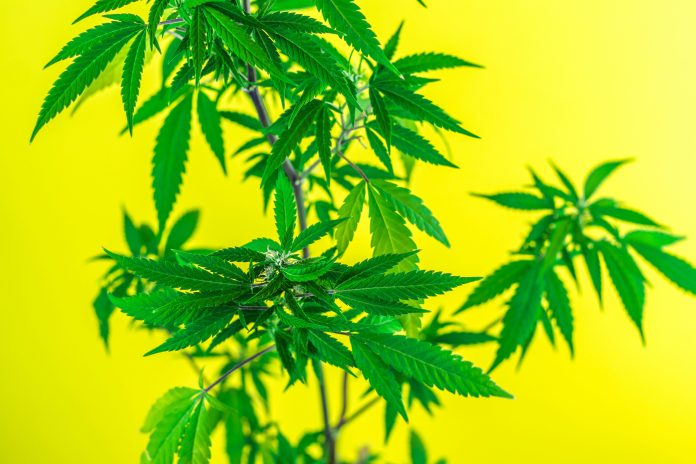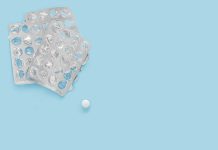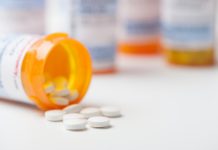Chair of the European Medicinal Cannabis Association (EUMCA) issues warning that raising limit for THC in CBD to 0.3% will risk patient safety
Professor Trevor Jones, CBE, FMedSci, chair of the EUMCA, the Brussels-based industry body which advocates for European evidence-based policy to improve patient access to high-quality cannabis treatment, issues a warning to regulators and policy makers across the EU of the serious risk to patient safety if the current EU limit of 0.2% tetrahydrocannabinol (THC) in cannabidiol (CBD) products for sale is increased to 0.3%.
In our April edition of OAG, we interviewed Professor Jones about the genuine possibilities of high-quality cannabis treatment. You can read his full range of predictions right here.
Professor Jones warns that raising the limit to 0.3% should only be permitted if there is evidence from adequately powered clinical studies, using products with well-defined content, that this higher limit is acceptably safe in populations of different ages.
The EUMCA warning is in response to the European Industrial Hemp Association’s (EIHA) call, through its recently published report ‘The Hemp Manifesto, Green Recovery’, in which it argues that the level of THC in CBD products be increased to 0.3% for operators to be able to harvest produce and market products from the whole plant.
Any increases to THC limits in CBD products conflicts with the ‘German Narcotic Law’
Furthermore, the EUMCA points out that any increase in the THC limit in CBD products, from 0.2% to 0.3%, would conflict with the German Narcotic law, where a lower limit of 0.2% THC for medicinal cannabis has been established.
Germany is the only country in which a Monograph on Standardised Cannabis Extract exists. Therefore, any CBD product sold in Germany with an increased level of THC would be classed as a narcotic and not a novel food. In a recent statement published by EUMCA in response to the newly published German Monograph on Standardised Cannabis Extract, the association is calling on regulators to reduce the proposed lower THC limit in medicinal cannabis treatments from 1% to 0.2%, and that a harmonised approach to medicinal cannabis prescribing in Europe is urgently needed.
But it is calling for an amendment to reduce the lower THC limit in medicinal cannabis treatments from 1 % to 0.2 %.
Professor Trevor Jones, CBE, FMedSci, Chair of the European Medicinal Cannabis Associated, commented:
“I am concerned to read that the European Industrial Hemp Association (EIHA) is suggesting that the level of THC in CBD products be increased to 0.3% for operators to be able to harvest produce and market products from the whole plant. The current limit of 0.2% THC was set to reduce and prevent misuse of Cannabis extracts. Some would argue that for safety reasons even lower limits of THC should be set for products freely available on sale. Raising the limit to 0.3% should only be permitted if there is evidence from adequately powered clinical studies using products with well-defined content that this higher limit is acceptably safe in populations of different ages.
“A further issue is the continuing use of the generic term “extracts”. There is a perception amongst many of the public that the effects obtained with a given extract can be extrapolated to other such products. There is published evidence that demonstrates that cannabis cultivars, even with apparently the same content of THC and CBD have notable different effects on anxiety (Kamal et al., 20182). A recent study also reports that extracts have widely different antitumor effects which cannot be related to their CBD-THC content (Baram et al., 20193).
“Since extracts are prepared by different manufacturers using different strains and different extraction methods, a “cannabis extract” or “hemp extract” as such does not exist; each product is different from the next. Ideally, In the future, Producers should be required to declare the following details of their products. (1) cultivar used; (2) the precise content of CBD, CBDA, THC, THCA, CBC, CBG; (3) the precise content of the following terpenes as a minimum: ß-caryophyllene, caryophyllene oxide, alpha-humulene, myrcene, alpha-pinene, gamma-terpinene. This is unlikely in practice, but further discussion is necessary as to the minimum information that should be included in the development of such products…in addition to their CBD and THC content.”











